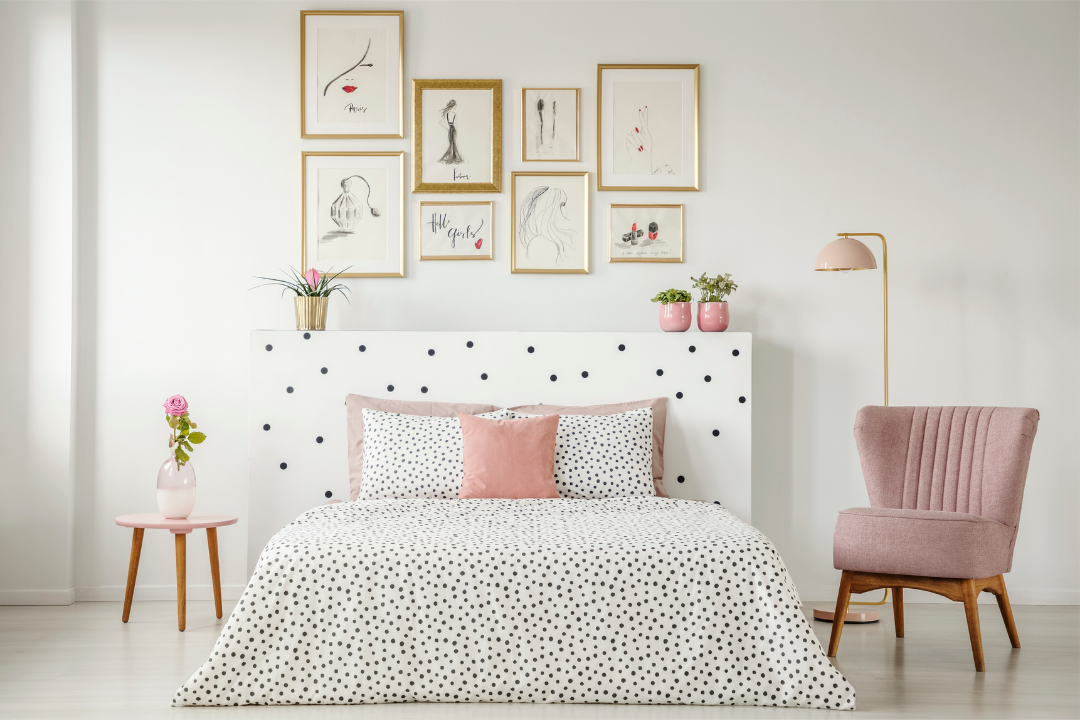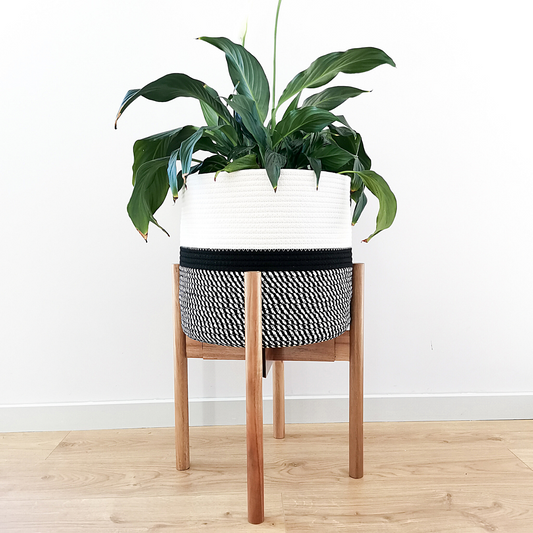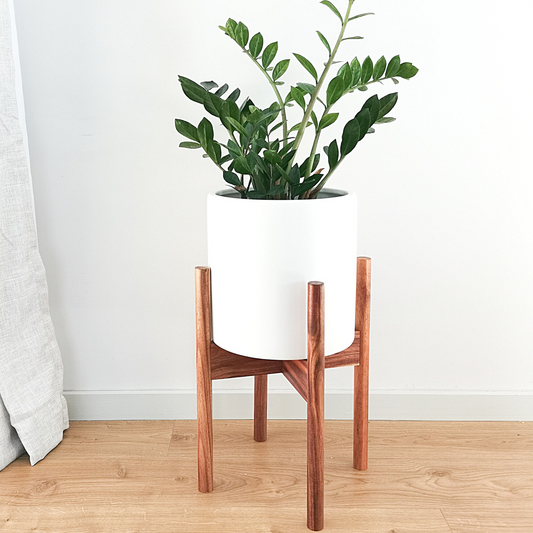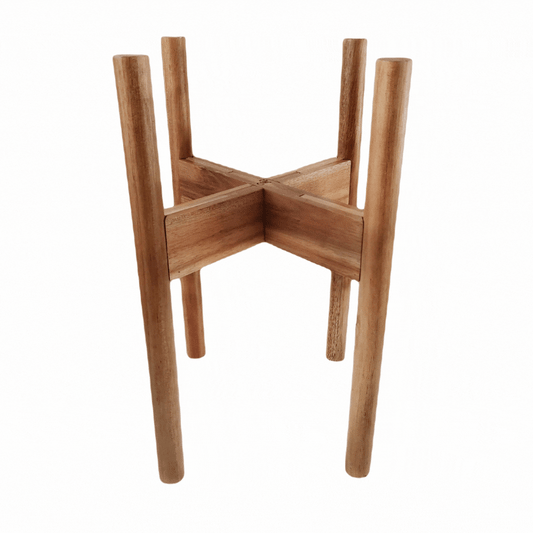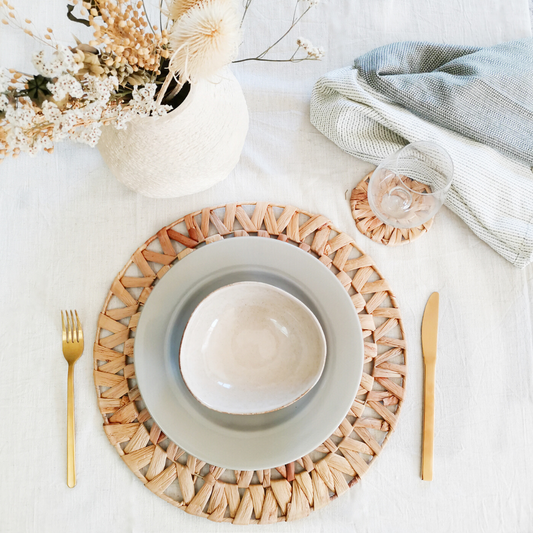Deciding which tone of wood to have in a space can seem overwhelming!
Do you stick with the same tone throughout or mix and match?
What will clash, what will harmonize?
Furnishing a room can be hard at the best of times, so hopefully with these few helpful tips we can help you get started.

Understanding Wood Tones

Warm vs. Cool
When it comes to mixing wood tones, understanding the distinctions between warm and cool tones is paramount. Warm wood tones, such as oak and cherry, exude a cozy and inviting ambiance, perfect for creating a traditional or rustic aesthetic. On the other hand, cool wood tones, like maple and ash, offer a more contemporary and refined look, lending an airiness and modernity to a room. By recognizing the characteristics of warm and cool wood tones, you can intentionally select pieces that align with your desired style.
Undertones
Wood tones encompass not only their base color but also subtle undertones that significantly influence the overall ambiance of a space. Identifying these undertones is essential when mixing wood tones. For example, if your space features warm-toned floors with a reddish undertone, consider complementing them with furniture pieces that share similar warm undertones, such as a mahogany coffee table and warm accents (e.g., pillows, vases, rugs).
The Do's of Mixing Wood Tones
Anchoring with a Dominant Wood Tone

One effective approach to mixing wood tones is to anchor the space with a dominant wood tone. Select a primary wood tone that serves as the foundation for your space, such as a rich walnut dining table or a stunning oak floor. This dominant wood tone will provide a sense of unity and act as a focal point around which you can incorporate complementary wood pieces. For example, if you have a prominent oak dining table, consider adding chairs with a lighter birch wood (complimenting tone) or emphasise continuity by connecting the oak color throughout the space with other dark furnishing pieces.
Pro Tip: Try to add the same tone of wood at least twice within a space. Eg, dark oak beams can be complemented by the dark legs of an armchair.
Layering with Grains, Patterns, and Textures

One of the most captivating aspects of wood is its natural variations in grains, patterns, and textures. Embrace the beauty of these unique qualities by mixing different wood grains that showcase distinct characteristics. For instance, pairing a smooth, sleek walnut dining table with a weathered oak console table can create an intriguing juxtaposition, drawing the eye and infusing the room with a sense of authenticity. Wood with distinctive grains can give a lived in, rustic look while wood with a less obvious grain gives more sleek and modern feel to a space.
Blending Wood Tones with Other Materials

Wood tones can beautifully complement other materials, such as metal, glass, or fabric, adding depth and interest to your space. Introduce accents that incorporate both wood and other materials to create a harmonious blend. For instance, consider a dining table with a wood top and metal legs or a wooden headboard with fabric upholstery. These combinations not only add visual interest but also provide an opportunity to incorporate different textures and finishes, further enhancing the overall design.
The Don'ts of Mixing Wood Tones
Too Many Wood Varieties
While mixing wood can create a visually stunning space, it's important to avoid overwhelming the room with too much. Especially, if you're only adding it once within the room (read our pro-tip above about adding it at least twice) and ending up with several types that don't compliment one another. Try to avoid restricting the type of wood to one particular space (eg, a corner or book shelf etc) and instead spread it out over the entire space.
Mixing Incompatible Wood Tones
Some wood combinations may not harmonize well together due to variations in color, grain, or undertones. Here are a list of compatible wood tones and potential incompatible wood tones (remember though, it can be very subjective)
Complimentery Wood Tones:
- Light oak and dark walnut
- Ash and mahogany
- Maple and cherry
- Teak and ebony
- Cedar and birch
Incompatible Wood Tones:
- Light ash and deep cherry
- Pine and dark mahogany
- Beech and ebony
- Oak and teak (depending on the specific finishes and undertones)
- Walnut and maple (depending on the specific finishes and undertones)
Ignoring the Overall Color Scheme
When mixing wood tones, it's essential to consider the overall color scheme of your space. Ignoring the surrounding elements can lead to an unbalanced design. Take into account the color palette of your walls, furniture, and accessories when selecting wood tones. Opt for wood shades that complement and enhance the existing colors in the room.
So, now what?

Overall the key idea here is - Don't be afraid to mix and match!
Sometimes keeping with the same wood tone throughout the room or whole house, can look bland and flat, while mixing too many tones can seem overwhelming so it's about finding the right mix that suits your style.
A great way to start is by creating a mood board (or pinterest board), where you can save different wood tones, paint swatches, fabric colors etc and layer them to get an understanding of what may or may not go together with your existing color scheme.
Wood tones go in and out of fashion quickly, so here's some home decor advice...Don't get too wrapped up in just one fad or being too matchy matchy. In the 70s we saw dark mahogany's throughout our homes and in recent years it's all be about light, neutral colors but if we're too stringent about the color of the wood and make everything look the same, then it makes it hard to swap out furniture as your home evolves.

